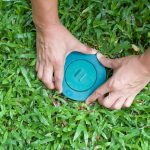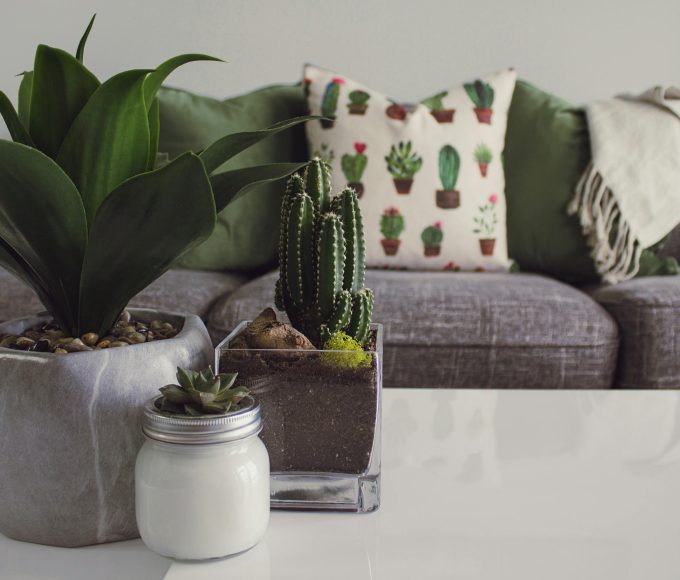Nanonext Fire Protection Wood prevents combustion of wood and wood materials on interior building surfaces. The company originates in the United Kingdom and they also specialize in other fire retardant and sealant products. Nanonext Fire Protection Wood offers a quick way to safeguard wood surfaces with easy application and clean-up. By following instructions for surface preparation and product application, the substance provides long lasting protection by creating a fire proof barrier.
The manufacturer creates Nanonext Fire Protection from the carbohydrates found in the starches of corn and potatoes. The active ingredients of the fire retardant sealant include ammonium polyphosphate, carbon component, melamine and additives. The coating does not contain halogens, heavy metals or solvents and does not have HazMat regulations. Nanonext has an odor before application, but this disappears after the product dries. When dry, the coating appears transparent.
Especially designed for wood products, the water based liquid transforms into a carbon foam barrier and emits nonflammable gases in the presence of fire. This action prevents vulnerable wood surfaces from burning. The manufacturer designed Nanonext Fire Protection Wood for use on hardwood, particle board and pressed board veneers. Woods should measure at least ½ inch or more in thickness.
Surfaces commonly protected by the product include the exposed wood found in attics, ceilings and walls. The product is not designed for surfaces receiving heavy or mechanical use, commonly endured by doors and flooring. Contractors frequently use Nanonext for its flame retardant qualities on wood in a number of public buildings, including businesses, hospitals and military facilities, along with restaurants and schools.
Before applying Nanonext Fire Protection Wood, surfaces may need preparation. In order for the product to effectively form a cohesive bond with the wood, the surface must be dirt and dust free. Grease, resins or loose and separating paint must also be removed. People apply the substance to wood using a brush, roller or paint sprayer. The extreme thickness of the wood protectant requires that the user add a small amount of water to the formula for easier application.
Proper drying and curing of the product requires applying Nanonext when the internal room temperature is at least 40 degrees Fahrenheit. The area must also not contain more than 70 percent humidity. The instructions suggest applying the product at a spread rate of 16 ounces for every square yard. When applying, users must coat all exposed wood areas. The manufacturer advises only applying the product to surfaces that do not come in contact with moisture. Nanonext dries to the touch in about six hours, but requires two days for thorough curing.
After the curing process, users may protect the coating from dirt, moisture and deterioration by applying a compatible lacquer. Recommended products include Nanonext Protective Lacquer or Kratol Clear Lacquer. The protection provided by Nanonext Fire Protection Wood reportedly lasts indefinitely. Cleaning application tools merely requires scrubbing with warm water. Store any unused protectant in the original container, tightly sealed, for up to 12 months. The product cannot be exposed to freezing temperatures and any yellowing indicates chemical deterioration.
About the Author: Samantha is a fire prevention writer/blogger for Fire Protection Online. She writes about fire prevention tips as well as fire safety products like panic bars.
















Leave a comment